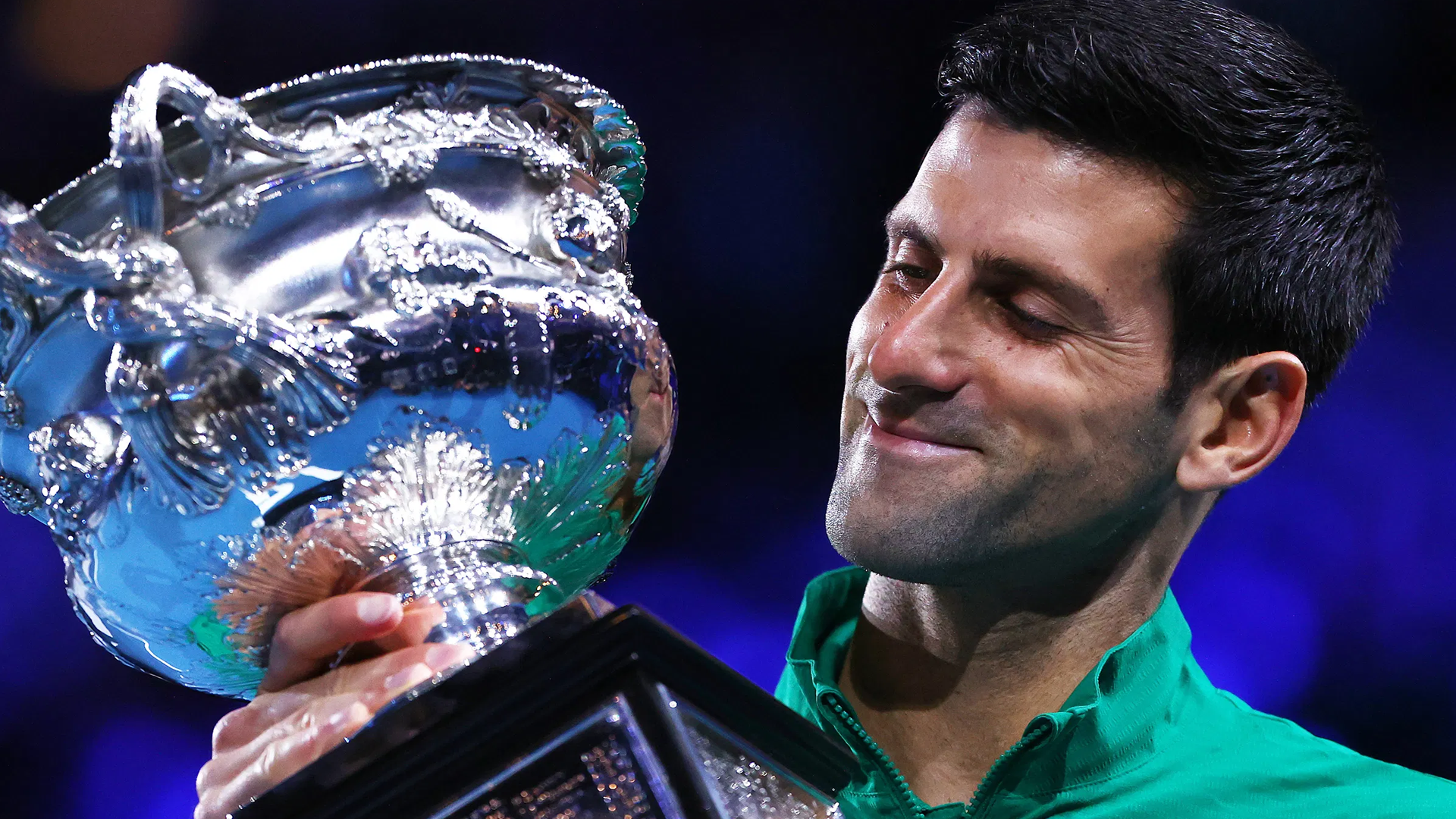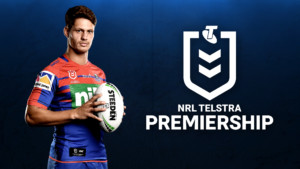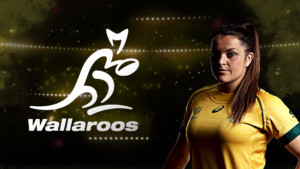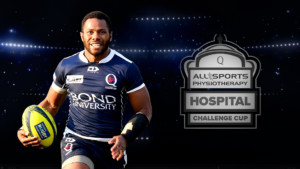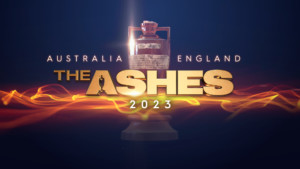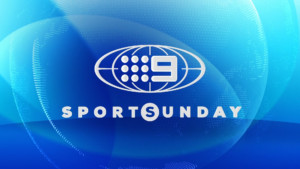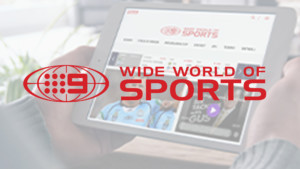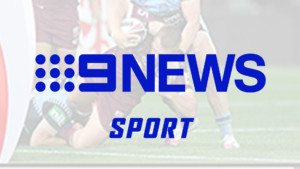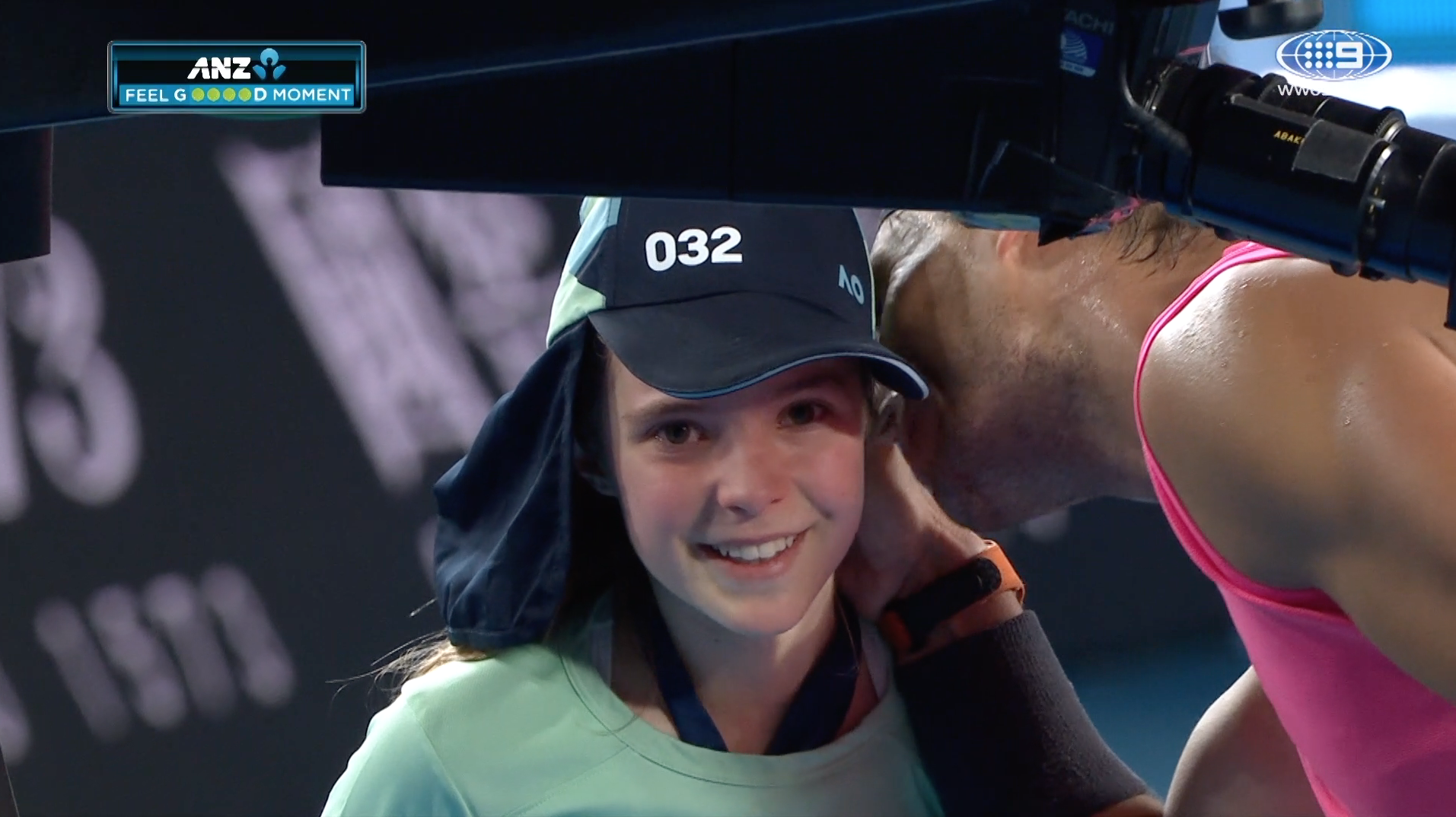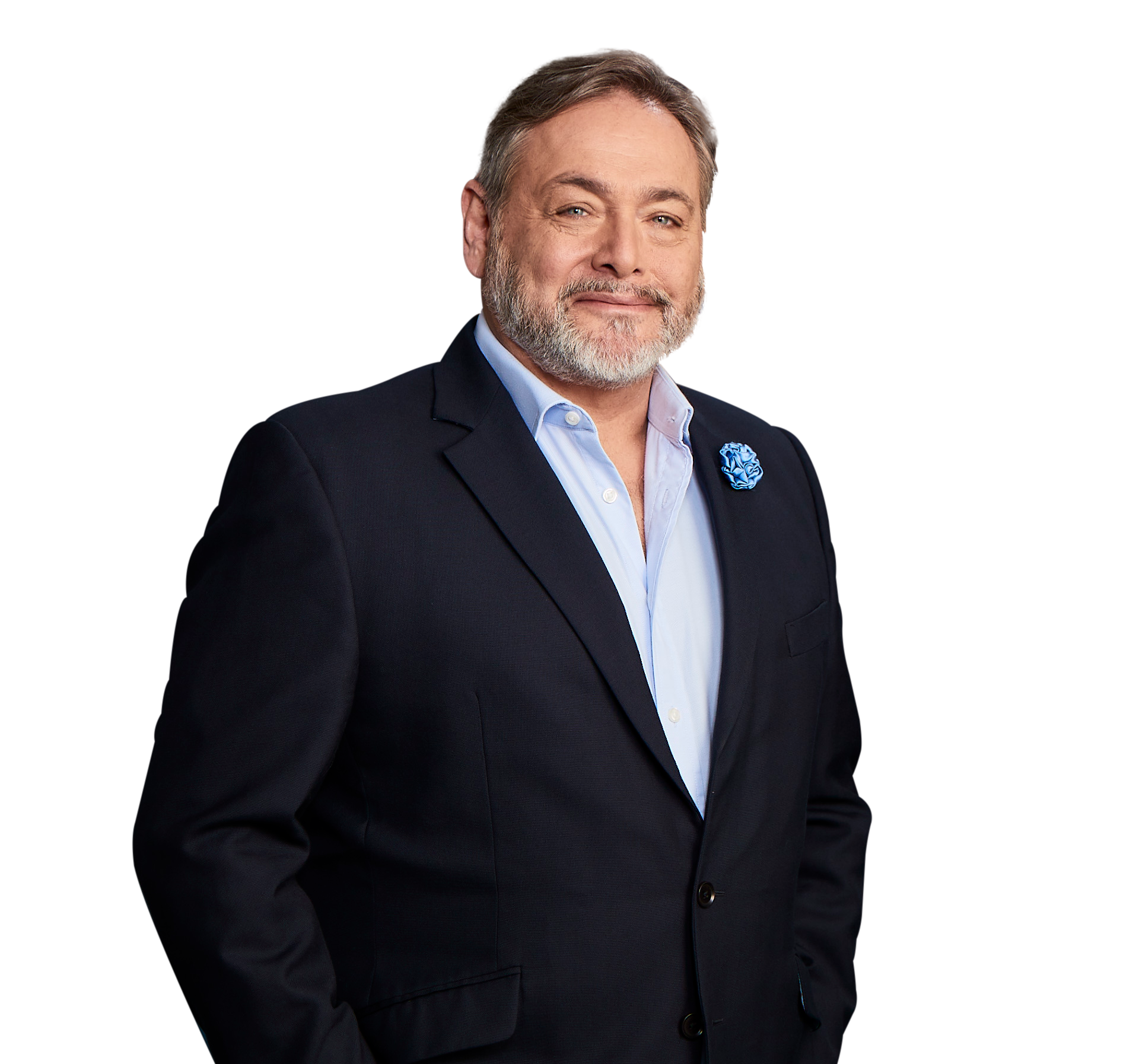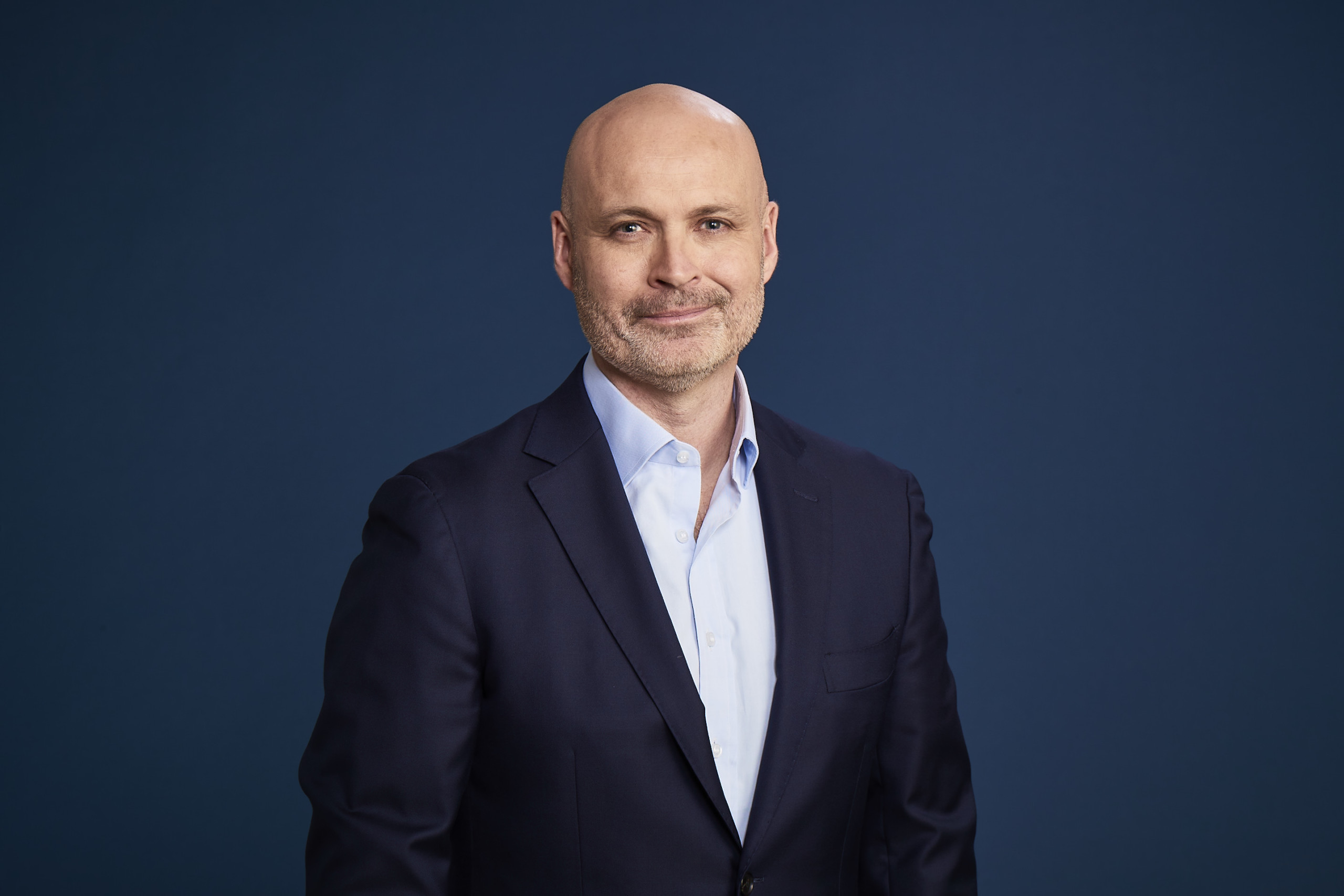Paul McIntyre:
Welcome to Mi3’s marketing series, Future Forecast I'm Paul McIntyre, executive editor of Mi3, and this is the third episode in our four-part series which dives into some of the key themes marketers and the broader industry will need to keep a watch on for 2021. Thanks to Nine for partnering on the series.
Today we're talking content. What the hell are brands to do next year with content marketing across their owned media assets, social platforms, and what lies ahead integrating into big broadcast TV shows? It’s clearly very messy out there for any sort of planning. So with us today, to get a sense of what some marketers are doing, we have Tourism Australia's general manager of PR, social and content, Anita Godbeer; Zara Curtis, director of content and customer engagement at IAG; and Adrian Swift, head of content, production and development at Nine.
Anita, I think 80 per cent of your audience into aus.com and some of your social platforms was international audiences, international people. What's happened this year, and has it collapsed? What are the numbers doing? Is anybody interested in coming to Australia?
Anita Godbeer:
Thankfully, yes, they're still interested. You would have thought that it’s all collapsed, but it hasn’t, surprisingly I guess. Aus.com has only fallen by about 20 per cent and a lot of that had to do with the restructure we did to the site late last year, before all this happened, where we reduced it by half. So it reduced our SEO, I guess. But obviously with COVID and bushfires, it’s reduced dramatically as well, and we haven’t put a lot of paid into that platform internationally, so that’s reduced the overall visitation as well. Social has boomed, and we know that’s across the board in terms of social time and then time spent on social. But our global platforms across the board have gone from a base of 14 million in January of this year, a fan base, to 16.2 million now. So it’s grown quite a lot. The engagement rate on Instagram, for instance, is about 10 per cent, which is a significant increase on last year as well. So we’re doing quite well.
Paul McIntyre:
So people can’t travel, but they’re still interested in, fantasising or dreaming of what might be in a day that might be a decade away, or hopefully, three months away. But what’s going on there, at least in international markets?
Anita Godbeer:
I think everyone still loves to travel. Everyone’s still dreaming of travel and while you’re in lockdown, you’re still dreaming of what you can do next. Aus.com really sits firmly in the mid-funnel planning. It’s a planning site really, with a goal to be an inspirational planning site. We’ve changed our social approach a lot and we’re driving a lot more traffic to aus.com through our social, which is also doing well. So I guess we’ve changed our content strategy as a whole.
Paul McIntyre:
What has changed in your content this year? You had to can Matesong, which was the Christmas UK launch, right?
Anita Godbeer:
I know. It’s painful.
Paul McIntyre:
A great campaign with Kylie and so forth.
Anita Godbeer:
We only got our week out of that, but we got phenomenal results in that week, so we were really lucky. We were talking to our UK team last night and lamenting the fact that we had to stop it and trying to think about how it can maybe have a comeback.
Paul McIntyre:
Can you get it back?
Anita Godbeer:
I’d love to. I’m trying to save that, but we’ll see.
Zara Curtis:
Why not?
Anita Godbeer:
What we’re doing is for social, we’ve reduced the quantity and gone for quality. We’ve leaned into being empathetic and making sure we’re relevant for the time. For instance on Instagram, last year we did 880 posts. This year so far we’ve only done about 300. We’ve changed the sentiment and also looked at new content formats. We've done Listicles and Instastories and destination guides featuring obviously beautiful imagery, but it has seen a lot more driving traffic to aus.com, which is great. So it’s helped support us there as well as driving to our industry, which is really hurting. For aus.com, we’ve done a whole new restructure of the site, a lot more immersive content. We’ve leaned into domestic, which has helped keep the numbers high as well. We’ve got a new road trips hub with great mapping functionality. We've got a COVID safety hub, looking at what you can do to keep safe, and also what borders are doing in terms of open or closing.
Paul McIntyre:
Domestic has not been your go-to, really. It’s been international.
Anita Godbeer:
We haven’t been there for eight years.
Paul McIntyre:
You have to learn something. Well, rejig everything.
Anita Godbeer:
Yeah. It’s been intense. We’ve had to find our place within the domestic sphere as well. Hence we’re focusing on what we do well, which is, I guess, the planning and core content. We've relaunched YouTube, which, to be honest, was a bit of a dumping ground for us, for campaign assets. So we're looking at that. There’s a lot of time being spent on YouTube. We've done some “how to” type of content, and just launched a series of 8D immersive videos for a global audience, also here domestically, which has done phenomenally well with a really high retention rate of about 85 per cent across all the videos, higher on some, and a million-plus views with very light paid, I have to say, on that as well.
Paul McIntyre:
Explain YouTube is a dumping ground. Why didn’t YouTube get as much attention from you guys prior to now?
Anita Godbeer:
To us, the focus was on our other social channels and aus.com. We were focusing more of our video assets on our own channels and on social and doing phenomenally well, but there’s such a huge opportunity there, given the increased media consumption across those kinds of channels.
Paul McIntyre:
I’m sure Adrian is going to like to hear this because I think you've also talked about commissioning some shows as well for local and international distribution. Can you talk about that?
Anita Godbeer:
We’ve been pitched a lot on broadcast concepts and we’re trying to break out of the mould. The environment, domestically and internationally when we go back out, is going to be fiercely competitive. PR pitching is really challenging because the world is distracted by COVID, or if in the U.S. it’s the election, or second waves in Europe. So we have to think of a new way to get our message out there because PR pitching is doing well, but it’s slowing down. So we want some really new creative concepts to break out of the travel category and peak people’s interest in Australia in a new way. We we do have a couple of concepts that we’re mulling over at the moment, and I can’t really talk about them. But Adrian and I maybe will talk about that a little bit later.
Paul McIntyre:
So Adrian, you’ve no doubt had lots of pitches in the last four to five months. Part of your gig is to try and find shows that brands can integrate into your content. So give us a sense of what’s being pitched at you through COVID. I’m sure that’s going to be very entertaining.
Adrian Swift:
Lots of shows where people Zoom into other people’s lounge rooms, which just, frankly, I’d rather kill myself than commission or watch, and then lots of other shows where people Zoom into other people’s lounge rooms. Sometimes people Zoom back from where they’re travelling, which involves a shot which is a little bit wobbly and a little bit washed out and a little bit out of focus. So we said no to all of that. Look, I think the reality is simply this: as you were saying, Anita, people are still watching travel shows. Getaway’s ratings are their best in several years. We’re still making Travel Guides, admittedly with difficulty, stopping every two weeks every time we cross a border. But it’s interesting. People are still watching travel, so they’re still planning and dreaming. I still think there’s a big market for that sort of stuff. I mean, we’ve spoken to you about Travel Guides.
Anita Godbeer:
Yeah, we’ve worked with you guys on that and Getaway.
Adrian Swift:
I think travel is the big category that will grow both at the tail end, hopefully this is the tail end, of this pandemic, and in future. I think a lot of our focus is there. But we’re in the middle now of filming Celebrity Apprentice. I think one of the reasons we commissioned that show, apart from the fact that it’s a really good format, particularly in the celebrity version which is about raising money for charity, is that it’s really good at telling brand stories. We’ve got a number of big brands integrated into that, and it’s a completely logical integration. So what you’re doing is creating a product or an ad or a service for a company, and in the course of doing that you’re telling that brand’s story in the show and for the viewers. It just makes sense. For the brand, you’re telling a story that no amount of PR or 30-second spots will ever be able to tell. And for us, it makes brilliant content. So if I could find more of those, I’ll be very happy.
Paul McIntyre:
There’s still plenty of interest from brands in wanting to get inside these shows.
Adrian Swift:
Yes. As you and I have discussed, Paul, I think television is about creating a mood and a feeling and telling a story. We are a long-form storytelling environment. Despite the fact that I’m often asked by people to hold up the product and point at it in various shows, we don’t do a price message or a discount message. We are at the brand-building end of this, and I think that’s what we do well. If we stick to our knitting there, and offer that clearly and unequivocally, then that’s our little space in the world and we can still do it to a mass audience.
Paul McIntyre:
Zara Curtis, you’re in a super-sexy category called insurance, lucky you. You have said that less is more for what you’ve been doing in your content, both your strategy and development and execution. What have you been doing? What sort of content do you think is landing and what’s that volume thing that you talk about?
Zara Curtis:
I call myself a content killer, which is probably not a great name. It doesnt’ make me popular, let me tell you that. So look, thinking like a marketer but acting like a publisher, working with trusted brands like Nine. When you talk about show integrations we’re always looking for the essence of the show, and does that align with our brand essence? I think we’re all bored of this logo slapping. I mean, if you’re wanting that from a brand, from a TV network, I think you're dreaming. But less is more. Knowing what to do. Right context, right platform, right time, right alignment is really important. I’ve had some journalists and ex-TV producers to really help us with that. We’ve got to define that audience. When I say kill, I mean kill don’t fill. On our own channels, especially in social, I think the temptation is to just pump it out there and keep it at average. Make it great. Why? Less is more. You really have to be a content curator these days and know what not to do, because not everything’s a good idea.
Paul McIntyre:
So what type of content? What's changed for the type of content you’re getting out there now? We’ll get to what's happening for next year shortly, but this year, what do you kill, Zara?
Zara Curtis:
Oh, COVID was just a write-off. We looked at everything and went, “Oh dear. We’ve got nothing.” So in about a week we turned around an ad. We recut and repurposed from our koala ad, which was Sammy and his mum at home, working from home, to say, “We’re still here. Our call centres are open.” And then we got back slowly into what messages are right and what was helpful to an audience in a time that none of us had been through. Just looking at what people were talking about in society and movements, we realised the saddest thing was that kids couldn’t go on school excursions.
So we created the first ever virtual school excursion with Dr Chris Brown to Port Macquarie Koala Hospital, which we sponsored. It was looking at our narratives and our emotional storytelling, what’s worked, and building those partnerships out. I think we had over two million views. The long form of it is really amazing. To your point on our own channels, we’ve seen our engagement from a company like insurance, but being true to help our main brand, go up by 60 per cent as well. It’s quite fascinating.
Paul McIntyre:
Anita talks about using YouTube as a dumping ground. Are you the same?
Zara Curtis:
I’m on a learning curve and a journey as well. We tend to do big emotional storytelling and partner with trusted networks. I don’t have a YouTube strategy. I don’t do it because I can’t fill everything. I think it comes back to the curation and the why. When I have the right content for YouTube, I’ll use it, but launching channels and trying to fill them, it’s just not our strategy. Also, it’s expensive. I’d rather do one or two beautiful, big emotional things, and then you’re always on content in the right channels.
Paul McIntyre:
Great point.
Zara Curtis:
It's not a populate process for me.
Paul McIntyre:
Yeah. That’s probably the antithesis to what many companies are doing now because they feel like they’ve got to fill, so it’s an interesting contrast, Zara, when you talk about it.
Zara Curtis:
Our audience isn’t on TikTok.
Paul McIntyre:
That’s right.
Zara Curtis:
So I don’t need to be there.
Paul McIntyre:
Adrian, we’ve talked a little bit about content and mood. What’s your hunch for next year in the sort of content that’s going to land and the visuals? The whole sentiment, the public sentiment, is changing so quickly. Who knows how to plan for next year? I’ll get to you, Anita, on this one as well. But your finger in the air sense now, Adrian, on what’s going to land, what’s going to be different, or what you’re not going to do.
Adrian Swift:
It’s a good question. Everything that follows is a hunch because it’s such a febrile environment that is very difficult to know. But one of the things I often say is we get the ratings every morning at 8:59, and it's a bit like having to do an exam every morning at 8:59, sometimes passing and sometimes failing. But every morning at 8:59 your view of your content shifts ever so slightly because you’re watching what other people are doing. You’re watching what people are doing online. You’re watching what people are doing with the streamers, and you’re moving your content parameters ever so slightly every morning. Over the space of a month, you might’ve moved from there to there. We talked about it earlier, travel. I think travel is one of those things, both vicarious and planning. The reality for free-to-air, and then how that free-to-air content then plays out on our BVOD platform 9Now is, it's got to be noisy.
We still hold onto this idea that we’ve got to get a million people in one place at one time. Now that million might accrue over a little bit of time, but let’s call it 800,000 are watching it overnight, and the rest of getting it within 24 hours of that initial broadcast. You’re still having to create content that talks to a big, broad range of people. So from our standpoint, female, 25 to 54, and big and noisy. I guess the best example of that is Married at First Sight, which is a phenomenon because it works on so many platforms. For someone like us, it’s difficult to integrate into, but the people who do, your iteration is on broadcast television. It’s the biggest show in catch-up in Australia. It’s on the front cover of every magazine in every carousel in every supermarket. It absolutely dominates social when it goes out. That’s the holy grail for us, where you can completely dominate the conversation for a period of time. They’re the sort of shows we like.
Paul McIntyre:
Sentiment. Is it more happy? I think you’re talking about happy, happy, clappy, clappy, kumbaya?
Adrian Swift:
Yeah, I think it is more happy, happy. I wish it was more sophisticated than this, but yes, I think you’re right, Paul. I think we are moving, at least for a little while. The reality is, you’ve still got to have drama.
Paul McIntyre:
And a bit of tension.
Adrian Swift:
When we cast a show, when we pull the people together, you still have to have people who drive drama. The Block this year is a good example of it. Five couples who not only genuinely are lovely people, but genuinely like each other and are involved in a cooperative world. Whereas typically on The Block, it’s not that at all.
Paul McIntyre:
Divisive.
Zara Curtis:
That’s a big change. People do want positivity, community. Anything that's too uncomfortable, I think. You got to make drama.
Adrian Swift:
I think that’s right. You’ve still got to have those moments. Our big strip shows, and this is common to Seven and Ten, I describe them a little bit like a telenovela or a soap. They’re a little bit like those fabulous Mexican and Spanish soaps. It’s got to have relationships. It’s got to have drama, and it’s got to have characters that you love.
Paul McIntyre:
I think you also talk, Adrian, about having more beach themes and coastal stuff as well.
Adrian Swift:
Yes
Paul McIntyre:
Is that deliberate or just accidental because you’re an accidental genius?
Adrian Swift:
No, no, it’s completely deliberate.
Zara Curtis:
Because people can’t go outside, you’re going to tease them.
Adrian Swift:
Mostly. No, no, no, we're going to let them—
Paul McIntyre:
Inspire.
Zara Curtis:
Inspire.
Adrian Swift:
We’re going to let them do it all vicariously. Look at it here because you can’t have it there. I think we’re looking at things like limited travel experience. So for the beach houses, that sort of thing – let’s face it, not many of us can afford to have a beach house, but we can put ourselves in someone else’s position. We can live that vicariously. I think we’re spending a lot more time in that sort of coastal, relaxed ... it’s almost a version of working from home, if you like, but it’s a home slightly removed from where we normally come from.
Paul McIntyre:
Any tips for brands in terms of integrating into this content? You’ve told a couple of funny stories, but what should they be thinking about as they try to get in-show, as opposed to around it?
Adrian Swift:
How do we align? What story are you trying to tell, and what story are we trying to tell? So we create a mood and we create an environment, and does your story align with ours? We can shift our story, but we’re telling a story and if we can make those two stories align, then we’ve reached that happy place that A, is really logical for the people who watch, for the audience, but B, it just makes your life and our lives so much easier.
Paul McIntyre:
Next year, okay. Next year for Anita and Zara. Anita, you’ve got the potential of a travel bubble, at least with New Zealand, maybe coming. They talk about Singapore, Korea, Taiwan, I think. So what does that mean for you? Planning must be a nightmare because it’s moving all the time. How many plans have you got and which one’s the best one at the moment for next year?
Anita Godbeer:
Planning has been a nightmare. It’s been a really interesting year, not just for us, for everyone really. A lot of pivots, and I know we all hate that word. Now that the domestic launch is out – we did that with Holiday Here This Year, this week – we can now switch our focus. We’ll continue in domestic, but we need to really switch to international as well. We’ve got a strategy in place, to be honest, there’s pivots within that, but it’s pretty clear what we need to do. We’re defending our brand at the moment. Brand Australia is really strong, but we’re going out with content marketing and making sure that desire is continued. Bubble markets, I guess it’s our first attack phase. New Zealand opened today. First flights are arriving at the moment, a little earlier than what we predicted. We had quite an interesting PR moment that we all had been working towards for the past couple of months, and we’ve just thrown that out the window. Anyway, we’re re-pivoting to see, once reciprocal borders are open, what we’re going to do.
We have a brand campaign ready to go in New Zealand, specifically for New Zealand, when that sentiment is right. For the other markets, we’ve got a brand campaign ready for those as well, so we’re a bit ahead of the curve. We wanted to be ready for when things happen. I’m talking to our markets in Asia, for instance, about what that moment that’s going to be nuanced for their market is going to be from an earned perspective, to cut through the clutter. Because we’ve never been in this position before where all borders are closed. In a way it presents a huge opportunity for us to re-enter the market, and the market’s going to be cluttered. Most other markets are going to be open before us. So we need to go large and we need to do some really interesting things to reignite that consideration and the actual booking to Australia.
Paul McIntyre:
Well, I don’t envy your tasks. Zara, 2021 for you. You touched a little bit on the mood. What are your priorities, and what do you think that mood and sentiment will be? How’s that going to work for a sexy insurance company?
Zara Curtis:
We feel very clear. I have absolute clarity on where we’re going and what we’re doing. We’ve got a beautiful brand position. We’ve worked hard at that. I think as a whole marketing team, we used COVID to get our proverbial shit together. So we have a plan for 12 months. Having said that, I think it’s creating content at the speed of culture. While we have a plan, we’re not going to put it in the can and wait for a year and release it. That just won’t work. So really being intuitive to what’s going on in the world. Partnering with credible partners has never been more important. Our brands are the most five trusted. I think we’re all very careful to respect that and make sure we do what’s right and what’s great. Big emotional storytelling.
We're working on some really exciting things. Long-form content, I think, is going to have a really big place with us and how we integrate or create in that space will be really good. I think, Paul, the biggest thing for me, too, is nurturing creativity and our people right now, making sure we’re supporting the industry and that we keep creating and using new directors and young people. I think in our own teams, we have a responsibility to do that as a brand that can spend in the industry. I feel very passionate about that, and we do as a marketing team. So really making sure we keep creating the right thing.
Paul McIntyre:
Yeah, good on you. You said none of your team have been in the office since March.
Zara Curtis:
March 5.
Paul McIntyre:
Interesting trying to do that when you’re all remote. Crazy stuff.
Zara Curtis:
Absolutely. But I might pitch these to a show soon because we’ve seen caravan sales go up by 15 per cent. So we’ve just launched a highly targeted niche, little caravan campaign. So if you’re interested getting Australians on the road.
Paul McIntyre:
There’s a large pitch. Well, that’s it for our third edition in the Forecast to 2021 series. We’ll have our final episode in two weeks on what some brands are actually doing next year in this grand debate on longer-term brand building versus the need to drive short-term results. Thanks to Anita, Zara and Adrian for their conversation. Get back to making some cracking content and stay safe. Thank you all.
Well, that's it for our third edition in the Forecast to 2021 series, we'll have our final episode in two weeks on what some brands are actually doing next year in this grand debate on longer-term brand building versus the need to drive short-term results. Thanks to Anita, Zara and Adrian for their super conversation. Get back to making some cracking content and stay safe. Thank you all.


